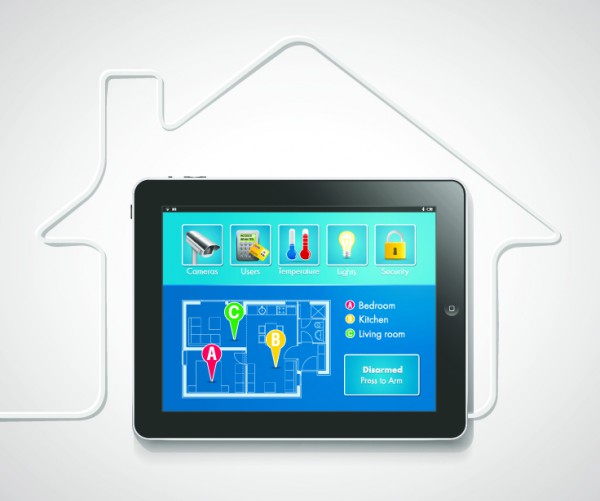The Internet of Things in 2016 -- where is it headed and what are your plans?

The Internet of Things, more commonly known as IoT and sometimes referred to as a Connected Home or as Home Automation, is one of the biggest trends in technology these days and 2016 doesn't seem to be slowing down as new products continue to pour onto the market while others get updates and increasingly become compatible across platforms.
Product lines abound, from door locks to shades and from lights to crock pots. Manufacturers like Samsung, Insteon, Cree, GE, Nest, Wink, Sensi, Ecobee and many more are out there waiting for your hard earned money.
The writers here at BetaNews have personally used quite a few of these products, myself trying out Nest, GE Link, Cree, Wink and Mivatek. My colleague Brian Fagioli uses WeMo and Wayne Williams has tested Nest and various D-Link Connected Home products.
The market is expected to continue its growth, but it isn't without some pitfalls. There have been security concerns over all of this connectivity.
So where is all of this headed this year and in the longer run?
Richard Gunther, a writer at Digital Media Zone and host of the HomeOn podcast told us "IoT as a market space is growing substantially. More and more devices are connected to the cloud or to each other, in many cases enabling previously unimaginable consumer and business benefits but also introducing new challenges and complexities that we're not yet well equipped to manage. Security and privacy are some obvious issues, but even more subtle concerns arise that can be beyond the means of most consumers to comprehend. It's likely that many if not most of the objects in our daily lives -- homes, appliances, vehicles, clothing, possibly even people -- will in some way be digitally connected in the near future, but the reality is that it will likely get even more complicated and we'll encounter more 'big issues' that we need to solve at both the technical and societal levels before we can all truly benefit from IoT".
That's an optimistic, but realistic, outlook about where we are headed, but there are serious roadbumps along the way. Just last week we saw Nest announce the shutdown of Revolv, and this doesn't just mean the device won't be updated, the company will reach into your home and turn it off.
Ryan Lester of Xively states "Customers of connected products expect constant availability, real-time updates, lifecycle support and anything else that will provide them a truly great customer experience. They may not understand the bits and bytes driving the product, but their biggest concern is that the product is always-on, working and available".
That clearly won't happen in all cases -- companies go out of business and also kill products, though usually not so completely as Nest is doing with Revolv.
In fact, the trend is expected to continue. Pew Research, in a report presented to American Bar Association Section of Science and Technology law on March 30, 2016, states "The vast majority of respondents to the 2014 Future of the Internet canvassing agree that the expanding networking of everything and everyone -- the growth of the Internet of Things and embedded and wearable devices -- will have widespread and beneficial effects by 2025".
So, with that information, both the good and bad, where are you headed in 2016? Are you already connecting your home or do you plan to? Or does all of this make you want to pull out the tinfoil hat and place it squarely on your head? There are many considerations from convenience to security.
Image Credit: Black Jack / Shutterstock
